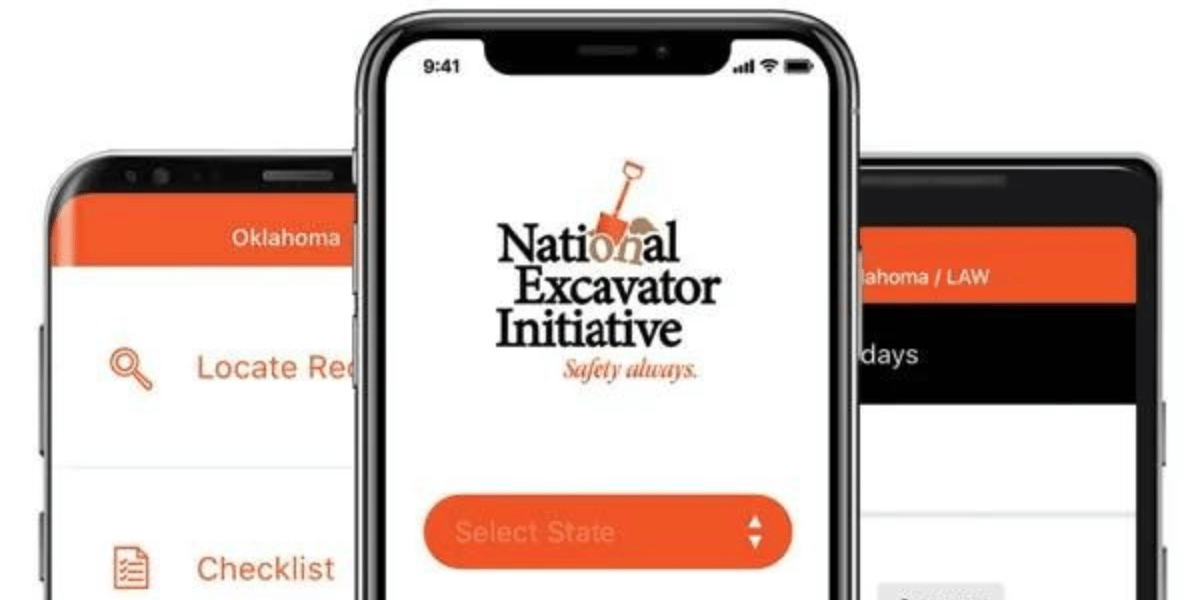
For professional excavators, locators, and operators, 811 is more than just a click or a call. It requires a number of additional steps to ensure that work occurs safely – every time. Although generally similar, those additional steps, ranging from pre-marking requirements to when it is necessary to contact 811 a second time, vary from state to state across the entire country. Moreover, the specific information required is often buried within compiled state laws and regulations, making it difficult to locate, especially in the field where questions may arise.
Despite best efforts, including project planning and safety meetings, not everything goes according to plan every time. When damage occurs, therefore, it is advisable to understand what went wrong and why. In some cases, this is because such information must be reported to a regulatory agency. In other cases, industry groups make a point of compiling this information on a voluntary basis. In every case, however, everyone should be interested in tracking this information for their own use, in order to maximize safety and efficiency.

Fortunately, technology is making both of these tasks much easier and faster, enabling greater safety and productivity for those who choose to embrace it. One example of this technology is the Safe Excavator Pro mobile app, downloadable for free from either Google Play or the Apple Store. Using the app allows quick access to damage prevention laws from all 50 states, digested by specific topic area for easy reference.
For example, now you can quickly and easily know that in North Carolina, the three-working-day wait time before excavation can begin doesn’t include Greek Independence Day on March 25. As that is during prime digging season in North Carolina, it’s a good thing to know when both planning and executing a project there. You can also know that in Arizona, when excavating in an apartment complex or mobile home park, the excavator must notify the landlord as soon as possible through a certified letter or through the One Call notification center.
In short, technology of this nature can help professional excavators, locators, and operators safely and efficiently plan, execute, and manage activities involving underground excavation. But what happens when things still go wrong? The same technology can help turn setbacks into a powerful tool for learning and improvement. Once again using Safe Excavator Pro as the example, tracking damages and near-misses from the field is now possible in just a few easy steps. Information enabling a root cause determination can now be quickly collected, and both leading and lagging indicators can be examined to establish more effective training and operational procedures.
Reporting of data, with the user’s permission and in a completely anonymized fashion, is also possible. According to Mike Parilac, president of Planet Underground, “Sharing data among all stakeholders gives everyone a clearer and more accurate picture of where there is still room for improvement. Historically, most of the data being reported to the Damage Information Reporting Tool (DIRT) operated by the Common Ground Alliance comes from locators, and that needs to change. Other stakeholders need to step up their game.”
The bottom line is that, with mobile technology now able to assist professional excavators, locators, and operators to do their jobs more safely, effectively, and efficiently – either in the field or in the office – there is no reason for professionals not to add this powerful tool to their toolboxes. Doing so not only helps individual users but, as more and more data is accumulated, the industry wins as well.

![ESM Sidebar Ad[87] ESM Sidebar Ad[87]](https://excavationsafetyalliance.com/hubfs/ESM%20Sidebar%20Ad%5B87%5D.gif)



Comments